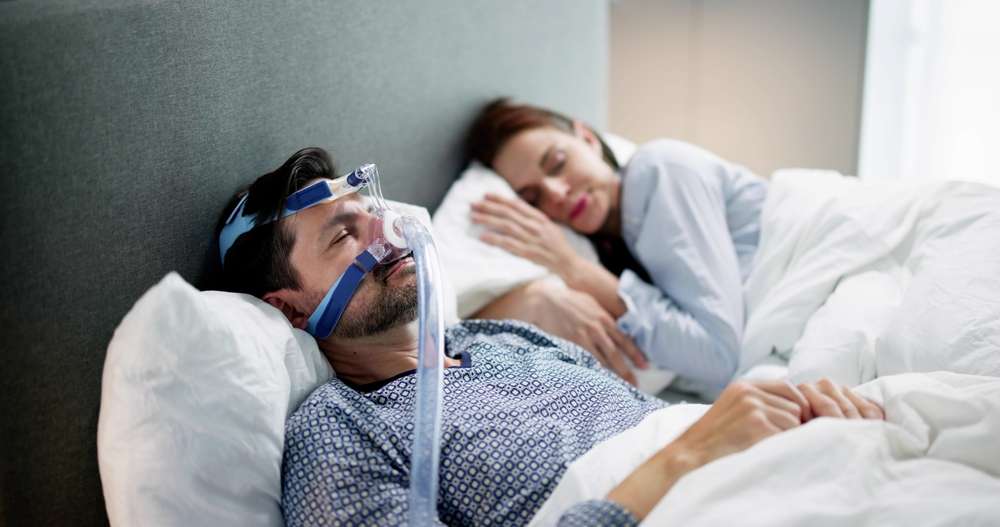Understanding Sleep Deprivation in Older Adults: Causes and Solutions
Sleep deprivation is common among older adults and can be triggered by factors like chronic pain, medication side effects, stress, or frequent nighttime urination. Identifying these triggers is key to improving sleep quality and supporting overall well-being.

Medical Conditions and Chronic Pain Impact on Sleep
Chronic medical conditions frequently contribute to sleep disruption in older adults. Arthritis, back pain, and other musculoskeletal conditions can make it difficult to find comfortable sleeping positions. Additionally, conditions like diabetes and heart disease may lead to nighttime discomfort that interrupts sleep patterns. Chronic pain management becomes essential for addressing these sleep disruptors and improving rest quality.
Medication Side Effects and Sleep Disruption
Many older adults take multiple medications, which can significantly impact their sleep patterns. Common prescriptions for heart conditions, blood pressure, and respiratory issues may cause sleep disturbances as side effects. Some medications can affect the natural sleep-wake cycle or cause frequent nighttime awakening. It’s important to review medications with healthcare providers to identify potential sleep-disrupting effects and explore alternatives when possible.
Environmental and Lifestyle Factors
As people age, they become more sensitive to environmental factors that can affect sleep. Poor sleep hygiene, irregular sleep schedules, and excessive daytime napping can disrupt nighttime rest. Exposure to blue light from electronic devices, inappropriate room temperature, and noise levels can also significantly impact sleep quality. Creating an optimal sleep environment becomes increasingly important for older adults.
Psychological and Emotional Contributors
Anxiety, depression, and stress often increase with age and can severely impact sleep patterns. Life changes such as retirement, loss of loved ones, or health concerns can create emotional turbulence that affects sleep quality. Social isolation and reduced physical activity may also contribute to poor sleep habits and irregular sleep-wake cycles.
Physical Changes and Sleep Architecture
Natural aging brings changes to sleep architecture and circadian rhythms. Older adults often experience:
-
Lighter sleep with more frequent awakenings
-
Reduced deep sleep phases
-
Earlier bedtimes and wake times
-
Decreased melatonin production
These physiological changes can make it harder to maintain consistent, restorative sleep patterns.
Treatment Approaches and Professional Support
Sleep disorder treatments for older adults typically involve multiple approaches:
| Treatment Type | Primary Benefits | Typical Duration |
|---|---|---|
| Cognitive Behavioral Therapy | Addresses thought patterns and behaviors | 8-12 weeks |
| Sleep Hygiene Education | Improves sleep habits and environment | Ongoing |
| Light Therapy | Helps regulate circadian rhythms | Daily sessions |
| Medication Management | Adjusts prescriptions to minimize sleep impact | Ongoing |
This article is for informational purposes only and should not be considered medical advice. Please consult a qualified healthcare professional for personalized guidance and treatment.
Understanding the complex factors that contribute to sleep deprivation in older adults is essential for developing effective treatment strategies. By addressing medical conditions, reviewing medications, optimizing sleep environments, and providing appropriate psychological support, many older adults can experience improved sleep quality and better overall health outcomes.




